RISK AND ODDS DEFINITIONS "Risk" refers to the probability of occurrence of an event or outcome Statistically, risk = chance of the outcome of interest/all possible outcomes The term "odds" is often used instead of risk "Odds" refers to the probability of occurrence of an event/probability of the event not occurringSince relative risk is a more intuitive measure of effectiveness, the distinction is important especially in cases of medium to high probabilities If action A carries a risk of 999% and action B a risk of 990% then the relative risk is just over 1, while the odds associated with action A are more than 10 times higher than the odds with BWhen events are common, as is often the case in clinical trials, the differences between odds and risks are large For example, a risk of 05 is equivalent to an odds of 1;

Odds Ratio The Odds Ratio Is Used To Find The By Analyttica Datalab Medium
Odds versus risk
Odds versus risk- For instance, odds are a symmetric measure, meaning that while risk only examines outcomes given interventions, odds can also examine interventions given outcomes Thus, a study can be constructed where, rather than choosing trial groups and measuring outcomes, outcomes can be chosen, and other factors can be analyzedOdds ratios (OR) are commonly reported in the medical literature as the measure of association between exposure and outcome However, it is relative risk that people more intuitively understand as a measure of association Relative risk can be directly determined in a cohort study by calculating a risk ratio (RR)




How To Interpret And Use A Relative Risk And An Odds Ratio Youtube
For instance, odds are a symmetric measure, meaning that while risk only examines outcomes given interventions, odds can also examine interventions given outcomes Thus, a study can be constructed where, rather than choosing trial groups and measuring outcomes, outcomes can be chosen, and other factors can be analyzed The odds ratio is a common measure of risk but its interpretation may be hazardous The risk ratio is a ratio of probabilities, which are themselves ratios The numerator of a probability is the number of cases with the outcome, and the denominator is the total number of casesThat is one of the attractive features of the odds ratio — when the health outcome is uncommon, the odds ratio provides a reasonable approximation of the risk ratio Another attractive feature is that the odds ratio can be calculated with data from a casecontrol study, whereas neither a risk ratio nor a rate ratio can be calculated
They shouldn't be because they're actually interpreted differently So it's important to keep them separate and to be precise in the language you use The basic difference is that the odds ratio is a ratio of two odds (yep, it's that obvious) whereas the relative risk is aThe odds ratio of the second population relative to the first is (1/4)/ (1/9) = 225, ie a ratio of ratios, and roughly, but not quite the same, as the relative risk In fact for rare conditions Odds ratio vs relative risk Odds ratios and relative risks are interpreted in much the same way and if and are much less than and then the odds ratio will be almost the same as the relative risk In some sense the relative risk is a more intuitive measure of effect size Note that the choice is only for prospective studies were the distinction
If we go a step further, we can calculate the ratio between the two risks, called relative risk or risk ratio (RR), which indicates how much more likely is the occurrence of the event in one group compared with the other group Meanwhile, the odds represents a quite different concept The odds indicates how much more likely is an event to occur than not to occur (p/ (1p))Risk is the ratio of the same occurrence count over the full count of the population 54 An odds Risk and risk ratios are more commonly used than odds and odds ratios in medicine as these are much more intuitive Risk describes the probability of an event occurring In medicine this is often an undesirable health outcome or adverse event




Relative Risk Odds Ratios Youtube




What Is An Odds Ratio And How Do I Interpret It Critical Appraisal
And a risk of 095 is equivalent to odds of 19Odds is calculated by the ratio of count of occurrence of an event over count of nonoccurrence;It turns out that odds ratio can be an approximation of the relative risk when the latter cannot be calculated For example In casecontrol studies when the risk of a disease cannot be known




Understanding Systematic Reviews And Meta Analysis Archives Of Disease In Childhood




Odds Ratios And Risk Ratios Youtube
In biomedical research, we are often interested in quantifying the relationship between an exposure and an outcome "Odds" and "Risk" are the most common terms which are used as measures of association between variables In this article, which is the fourth in the series of common pitfalls in statistical analysis, we explain the meaning of risk and odds and the difference between the two The odds ratio (OR) is the ratio of odds of an event in one group versus the odds of the event in the other group An RR (or OR) of 10 indicates that there is no difference in risk (or odds) between the groups being comparedBoth the odds ratio and the relative risk compare the relative likelihood of an event occurring between two groups The relative risk is easier to interpret and is consistent with general intuition Some designs, however, allow only for the calculation of the odds ration Covariate adjustment is easier for an odds ratio
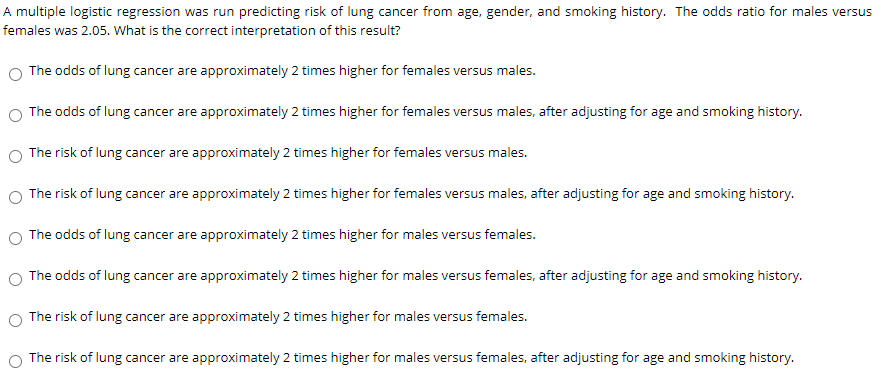



A Multiple Logistic Regression Was Run Predicting Chegg Com
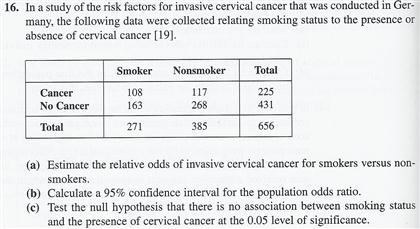



In A Study Of The Risk Factors For Invasive Cervical Chegg Com
then the odds ratio is computed by taking the ratio of odds, where the odds in each group is computed as follows OR = (a/b) / (c/d) As with a risk ratio, the convention is to place the odds in the unexposed group in the denominator Odds ratio = (A*D) / (B*C) The relative risk tells us the ratio of the probability of an event occurring in a treatment group to the probability of an event occurring in a control group It is calculated as Relative risk = A/ (AB) / C/ (CD) In short, here's the difference An odds ratio is a ratio of two odds11 hours ago 12 hours ago Packers vs 49ers Get a $5000 RiskFree Bet with Caesars Sportsbook Bonus Code The new Caesars Sportsbook app is officially live in Colorado, Indiana, Iowa, Michigan, New Jersey, Tennessee, Virginia, and West Virginia Now you can place your sports bets with one of the most trusted names in the industry




Odds Ratios Versus Relative Risk




Risk Ratio
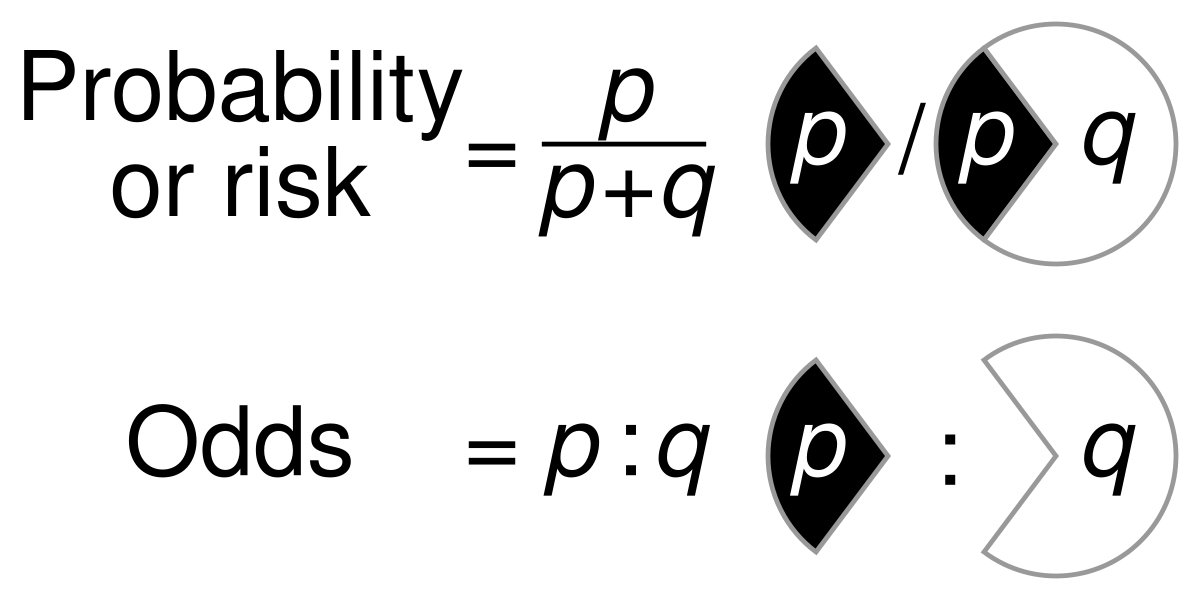



File Probability Vs Odds Svg Wikimedia Commons




Relative Risk Or Odds Ratio And 95 Confidence Intervals For Download Scientific Diagram



Summarising Binary Data Health Knowledge




Definition And Calculation Of Odds Ratio Relative Risk Stomp On Step1
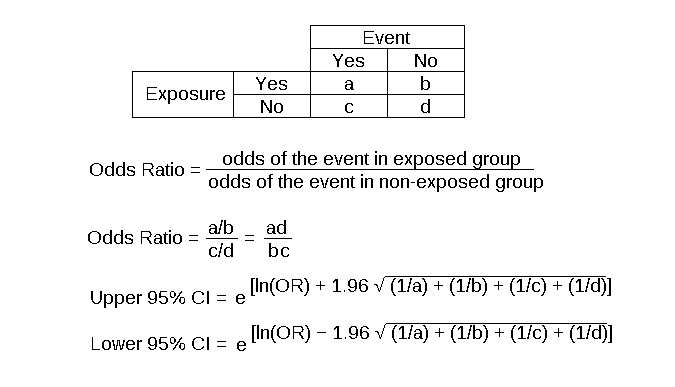



Odds Ratio Article



Link Springer Com




Odds Ratios And Log Odds Ratios Clearly Explained Youtube




Association Of Folate Pathway Gene Polymorphisms With The Risk Of Prostate Cancer A Population Based Nested Case Control Study Systematic Review And Meta Analysis Cancer Epidemiology Biomarkers Prevention




Odds Ratios Versus Relative Risk



Sh Lectures Qmp Odds Risks Ratios Studyingmed
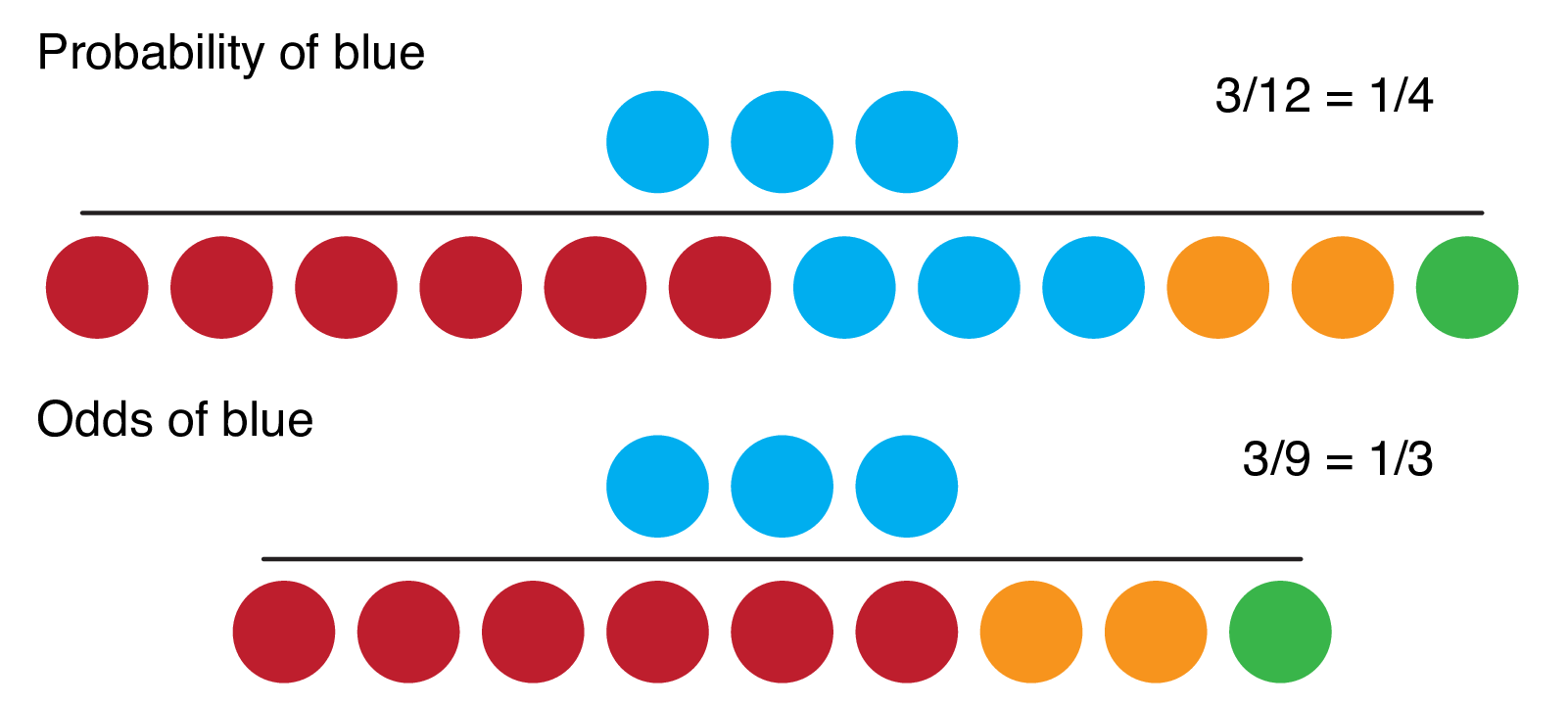



9 2 Binary Logistic Regression R For Health Data Science




The Difference Between Relative Risk And Odds Ratios The Analysis Factor




Categorical Data Ziad Taib Biostatistics Astra Zeneca February
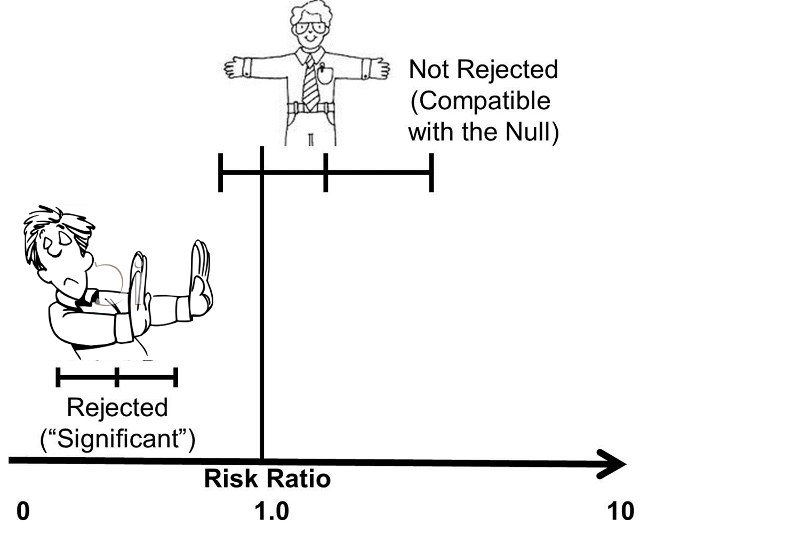



Confidence Intervals And P Values




What Are The Odds The Annals Of Thoracic Surgery




1 We Defined The Odds Ratio For A Unit Having The Chegg Com



1




Definition And Calculation Of Odds Ratio Relative Risk Stomp On Step1



Plos One Different Depths Of Sedation Versus Risk Of Delirium In Adult Mechanically Ventilated Patients A Systematic Review And Meta Analysis




Odds Ratio The Odds Ratio Is Used To Find The By Analyttica Datalab Medium




The Difference Between Probability And Odds




A Beginner S Guide To Interpreting Odds Ratios Confidence Intervals And P Values Students 4 Best Evidence
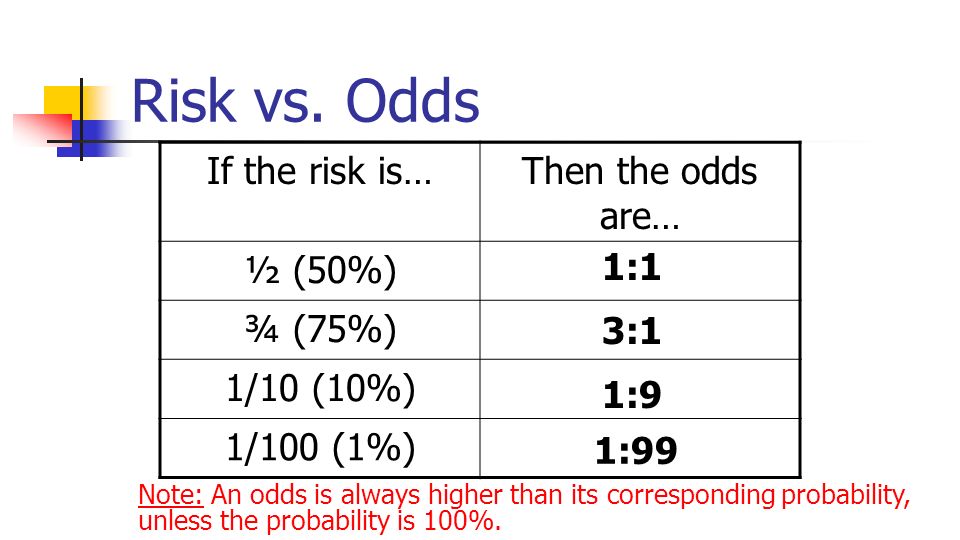



印刷可能 Odds Vs Risk ただの悪魔の画像



Odds Vs Risk Vantage Research




Pdf Common Pitfalls In Statistical Analysis Odds Versus Risk




Example 8 29 Risk Ratios And Odds Ratios R Bloggers




Figure B 6 Pooled Odds Ratios For Cardiac Anomalies For Sertraline Versus Placebo Maternal Fetal And Child Outcomes Of Mental Health Treatments In Women A Systematic Review Of Perinatal Pharmacologic Interventions




Definition And Calculation Of Odds Ratio Relative Risk Stomp On Step1
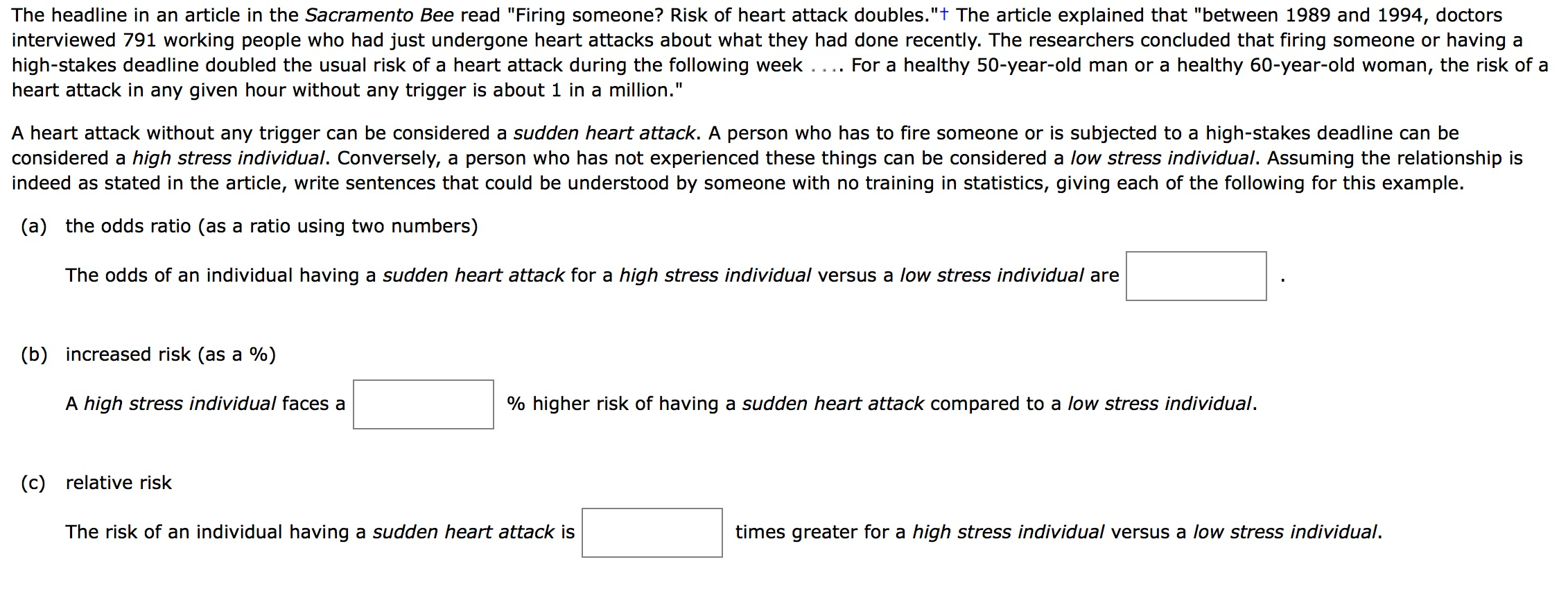



The Headline In An Article In The Sacramento Bee Read Chegg Com




Putting Risks Into Context Covid 19 Vaccines And Blood Clots The Bmj




Moving Beyond Odds Ratios Estimating And Presenting Absolute
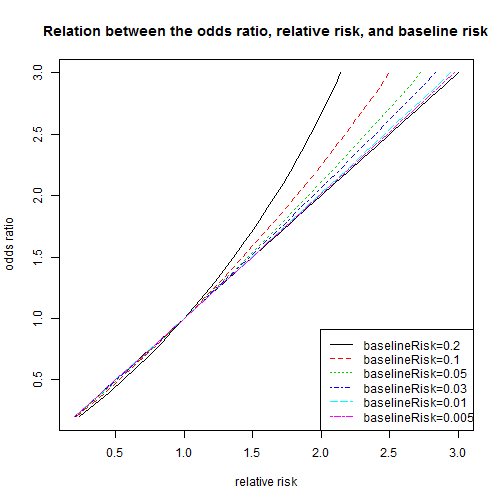



Relation Between The Odds Ratio Relative Risk And Baseline Risk




Common Pitfalls In Statistical Analysis Odds Versus Risk Ranganathan P Aggarwal R Pramesh C S Perspect Clin Res




Relative Risk Wikipedia



Odds Vs Risk Vantage Research




Believability Of Relative Risks And Odds Ratios In Abstracts Cross Sectional Study The Bmj




Frontiers Odds Ratio Or Prevalence Ratio An Overview Of Reported Statistical Methods And Appropriateness Of Interpretations In Cross Sectional Studies With Dichotomous Outcomes In Veterinary Medicine Veterinary Science
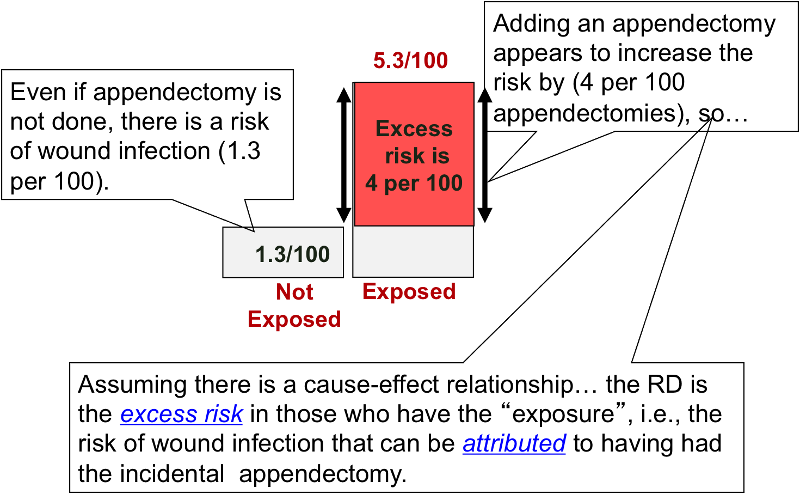



Risk Differences And Rate Differences



Plos One Different Depths Of Sedation Versus Risk Of Delirium In Adult Mechanically Ventilated Patients A Systematic Review And Meta Analysis
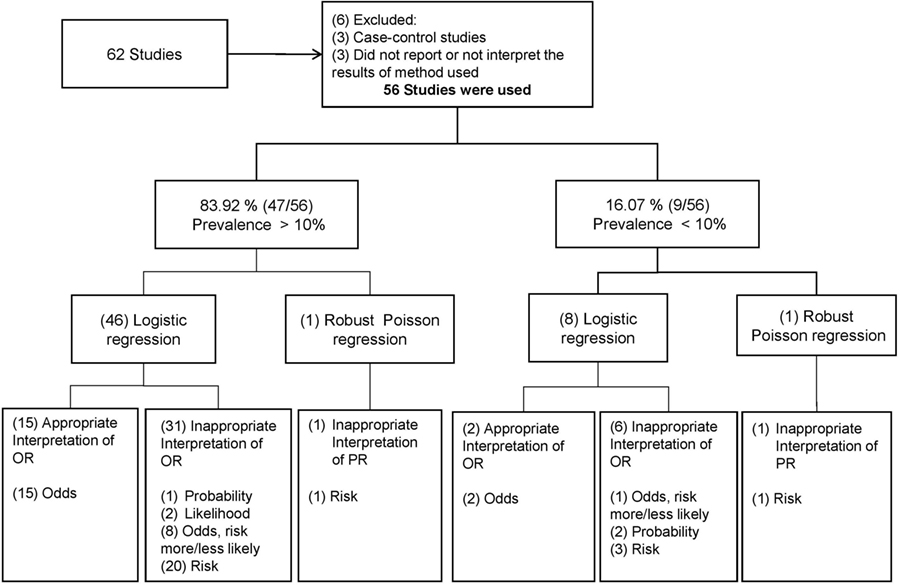



Frontiers Odds Ratio Or Prevalence Ratio An Overview Of Reported Statistical Methods And Appropriateness Of Interpretations In Cross Sectional Studies With Dichotomous Outcomes In Veterinary Medicine Veterinary Science



Odds




Question 7 The Odds Ratio 95 Ci For Chegg Com
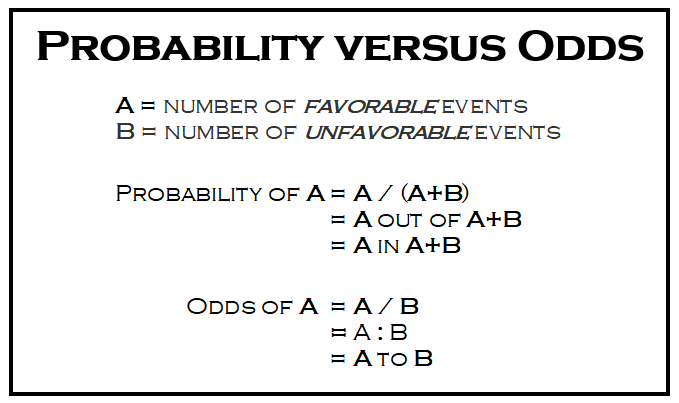



What Are The Odds Stats With Cats Blog




R Calculate And Interpret Odds Ratio In Logistic Regression Stack Overflow




Risk Of In Hospital Morbidity Mortality In Log Odds Versus Vitamin D Download Scientific Diagram
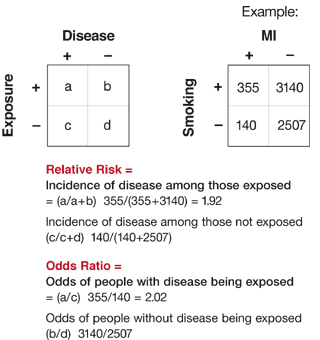



Relative Risks And Odds Ratios What S The Difference Mdedge Family Medicine
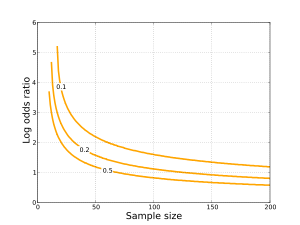



Odds Ratio Wikipedia




How To Interpret And Use A Relative Risk And An Odds Ratio Youtube




Pooled Odds Ratio Or Of Risk Of Mortality In Vitamin D Deficient Download Scientific Diagram
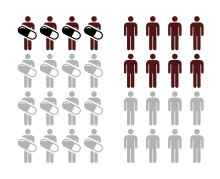



Relative Risk Wikipedia
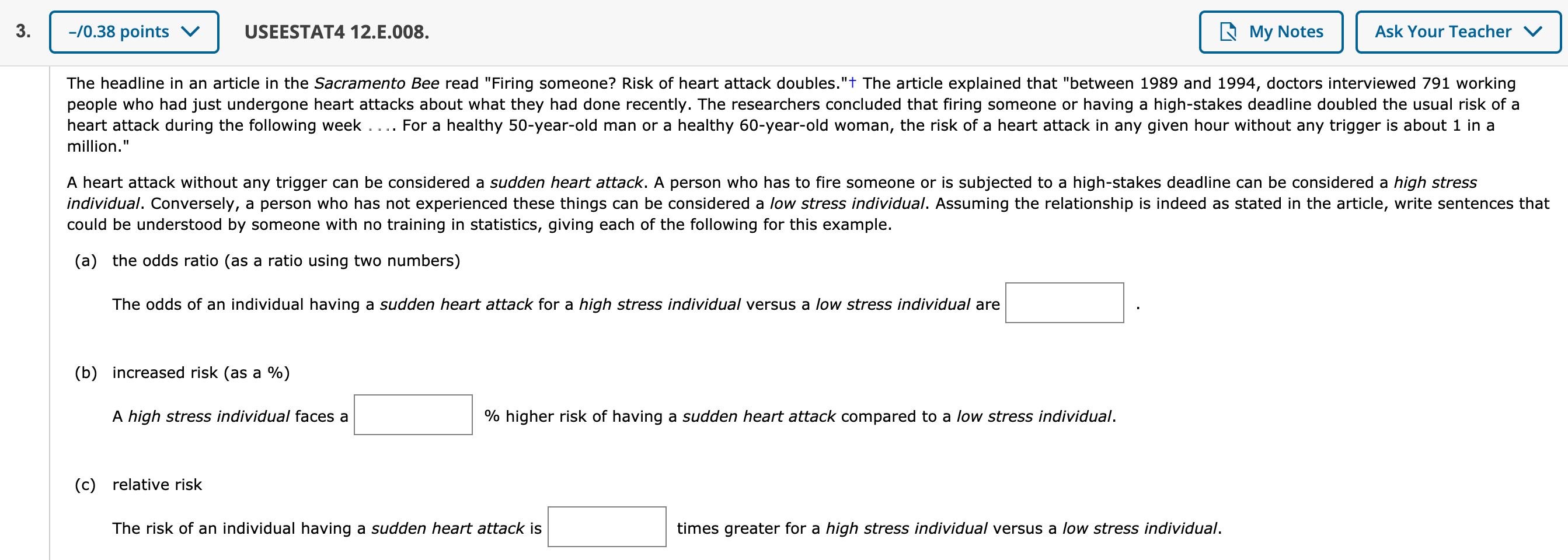



0 38 Points V Useestat4 12 E 008 My Notes Ask Your Chegg Com




Odds Ratio For The Risk Of Having A Prescription Pre Versus Download Table




Risk Versus Chance What Are The Odds Health And Communications




Common Pitfalls In Statistical Analysis Odds Versus Risk Ranganathan P Aggarwal R Pramesh C S Perspect Clin Res




The Odds Ratio Calculation Usage And Interpretation Biochemia Medica
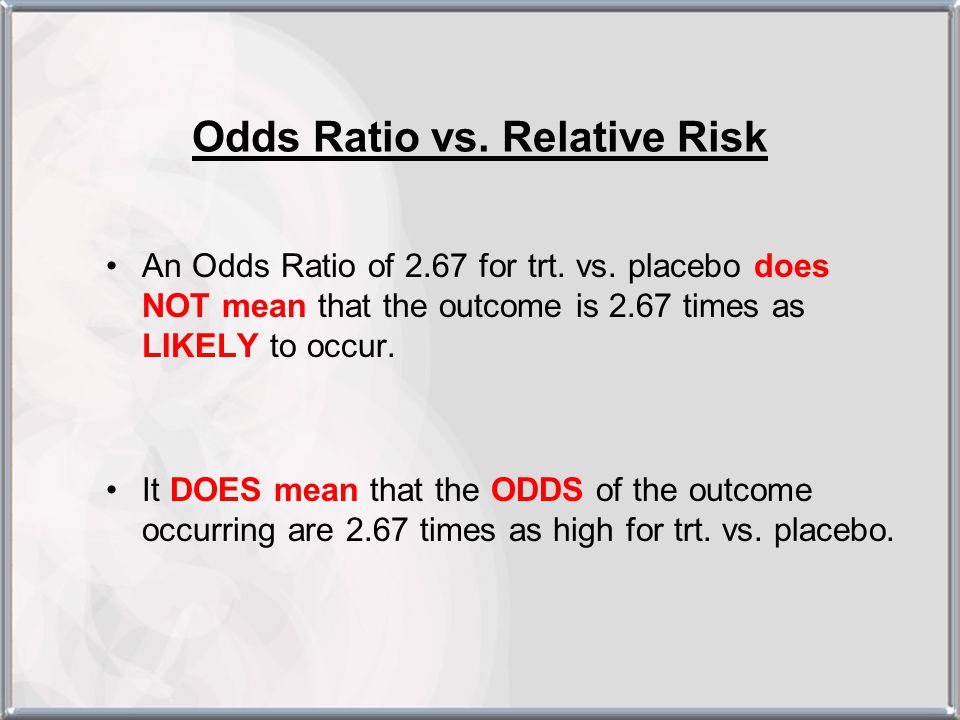



Hsrp 734 Advanced Statistical Methods June 5 Ppt Video Online Download




Risk Ratio Versus Odds Ratio Dr Journal Club



1
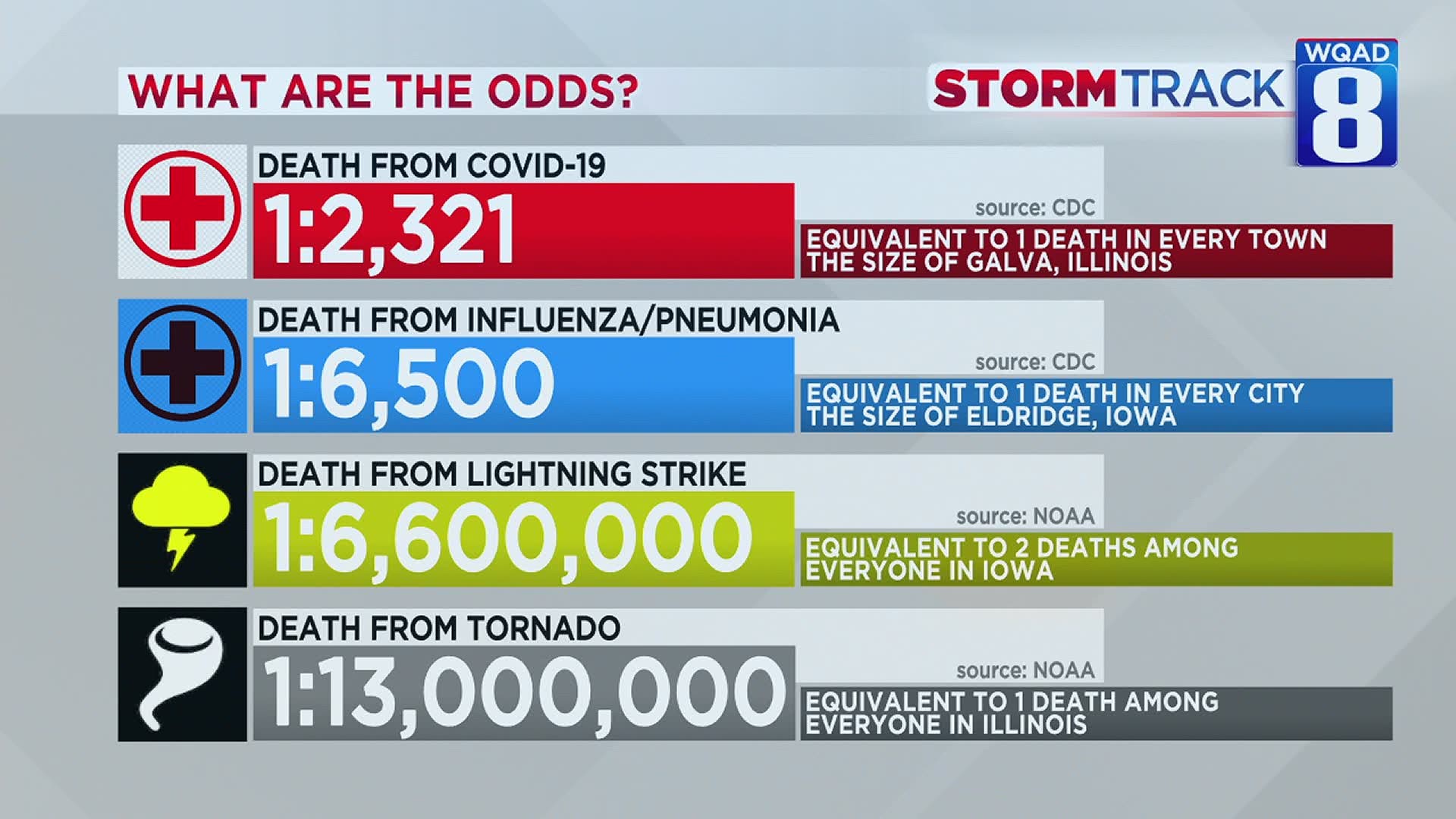



What Are The Odds Of Dying From Covid 19 Vs Lightning Wqad Com
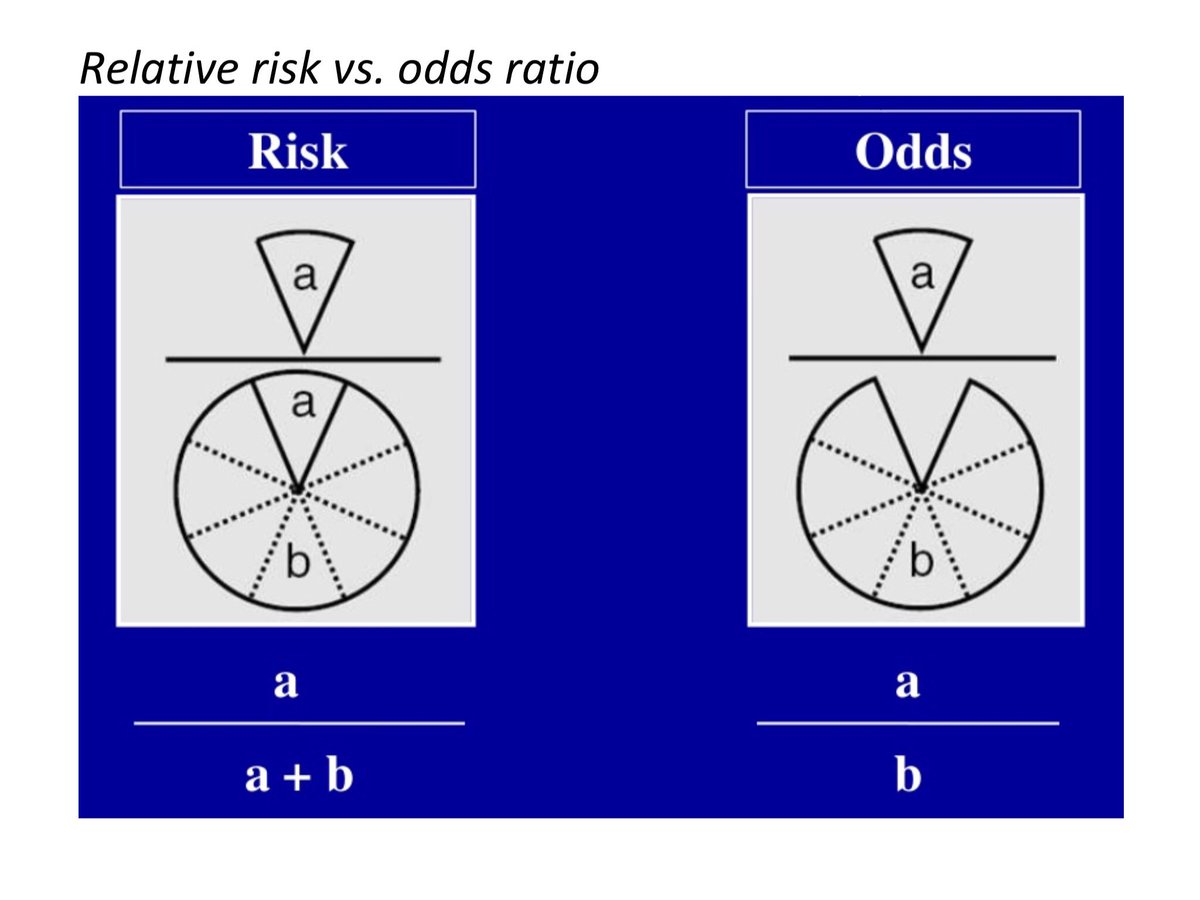



Bryan Carmody For M2s Preparing For Usmle Step 1 Epidemiology Questions Are Free Points You Don T Have To Make 2x2 Tables Or Memorize Formulae From First Aid To Calculate Or




What Is An Odds Ratio And How Do I Interpret It Critical Appraisal




Pdf Odds Ratio Relative Risk



Definition And Calculation Of Odds Ratio Relative Risk Stomp On Step1
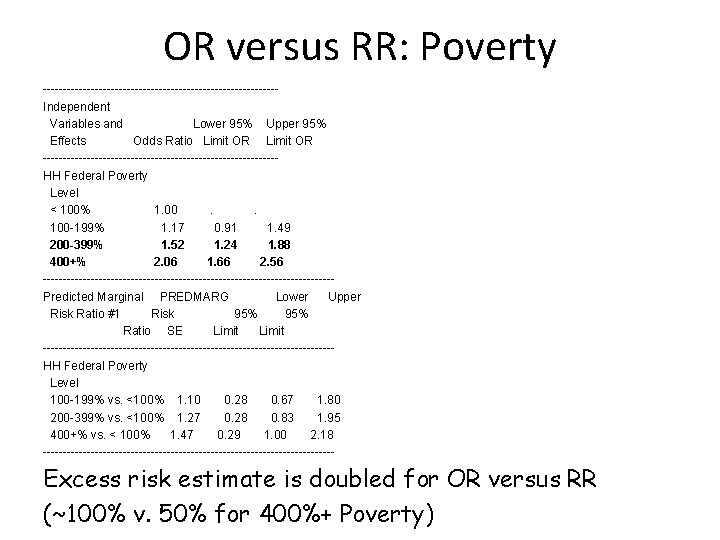



Moving Beyond Odds Ratios Estimating And Presenting Absolute




When Can Odds Ratios Mislead The Bmj




Select All Of The True Statements Regarding The Odds Chegg Com




Chapter 6 Choosing Effect Measures And Computing Estimates Of Effect Cochrane Training




Relative Risk Vs Odds Ratio Extensive Video Youtube




Risk Versus Chance What Are The Odds Health And Communications
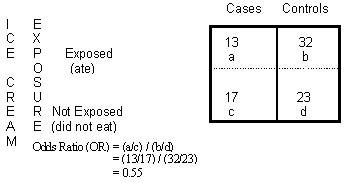



Odds Ratio Calculation And Interpretation Statistics How To
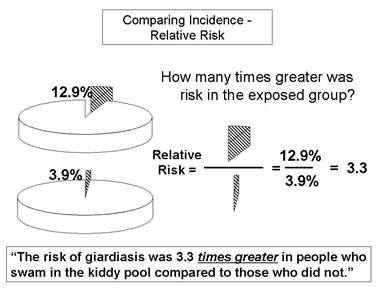



Relative Risk And Absolute Risk Definition And Examples Statistics How To




Odds Ratio Wikipedia




Odds Vs Risk Ratio ただの悪魔の画像
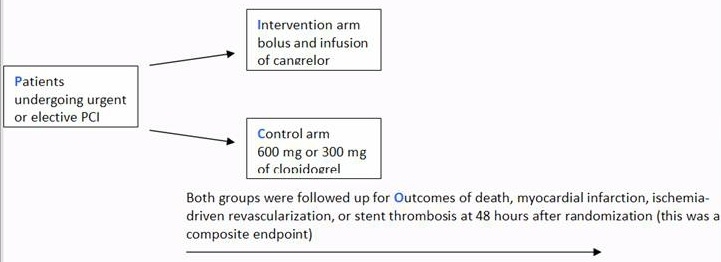



A Beginner S Guide To Interpreting Odds Ratios Confidence Intervals And P Values Students 4 Best Evidence
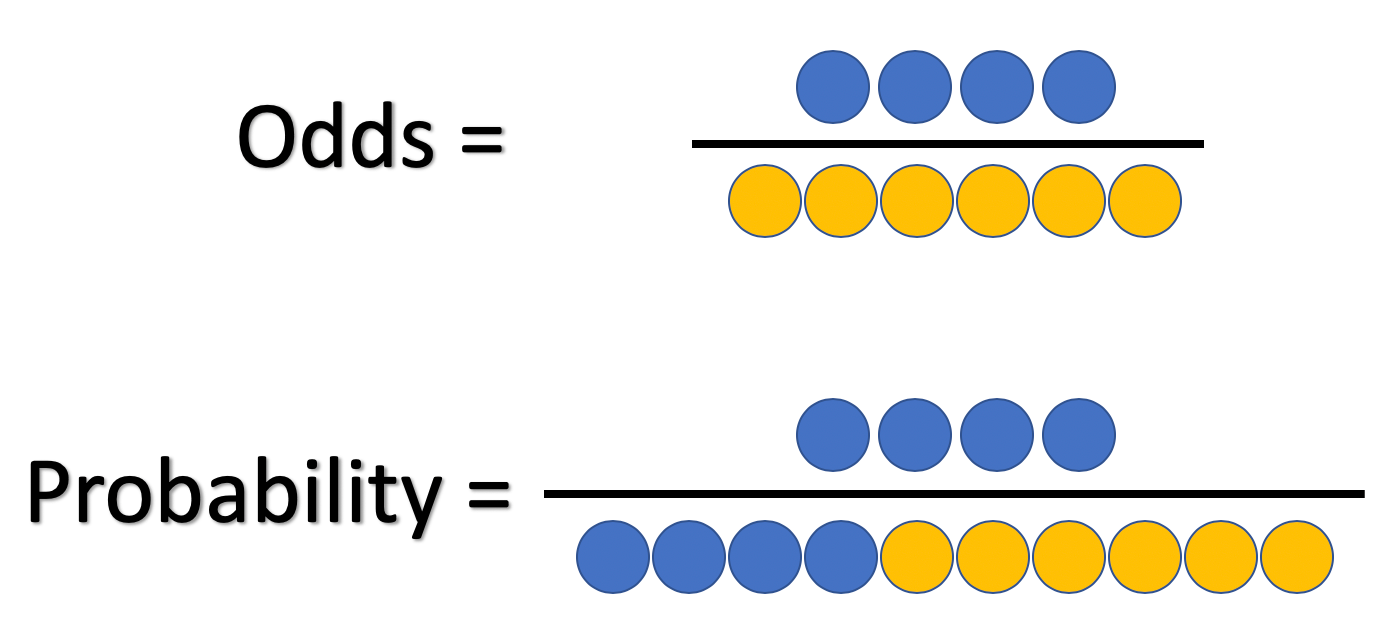



What And Why Of Log Odds What Are Log Odds And Why Are They By Piyush Agarwal Towards Data Science




Numerators Denominators And Populations At Risk Health Knowledge




Risk Factors And Disease Profile Of Post Vaccination Sars Cov 2 Infection In Uk Users Of The Covid Symptom Study App A Prospective Community Based Nested Case Control Study The Lancet Infectious Diseases




Nccmt Ure Relative Risk It S Easy To Calculate And Interpret Youtube



Interpretation Of Odds Ratio And Fisher S Exact Test By Sergen Cansiz Towards Data Science
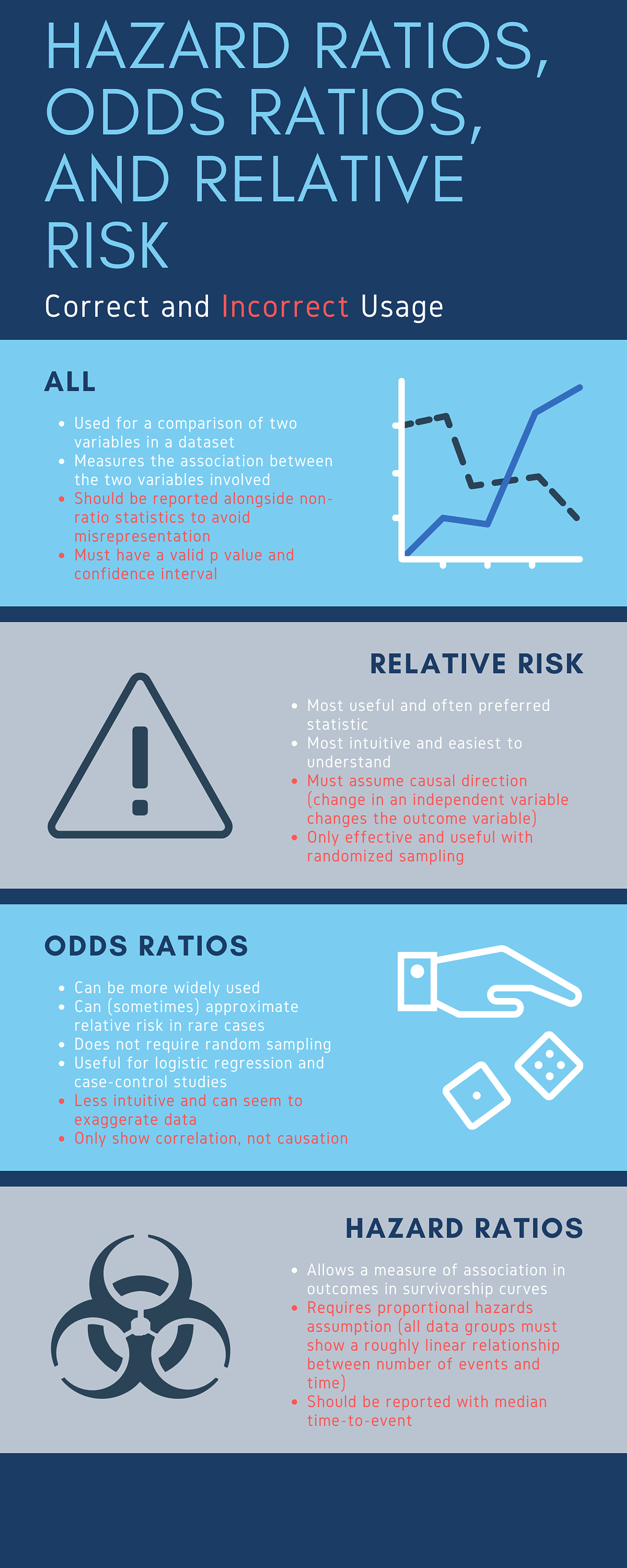



Cureus What S The Risk Differentiating Risk Ratios Odds Ratios And Hazard Ratios




Risk Estimates Relative Risk Ratio And Odds Ratio Analyses For Download Table




Pdf Common Pitfalls In Statistical Analysis Odds Versus Risk




Relative Risks And Odds Ratios Simple Rules On When And How To Use Them Mckenzie European Journal Of Clinical Investigation Wiley Online Library



Studying Studies Part I Relative Risk Vs Absolute Risk Peter Attia




What Are The Odds The Annals Of Thoracic Surgery



Odds Vs Risk Vantage Research



Relative Risk Ratios And Odds Ratios
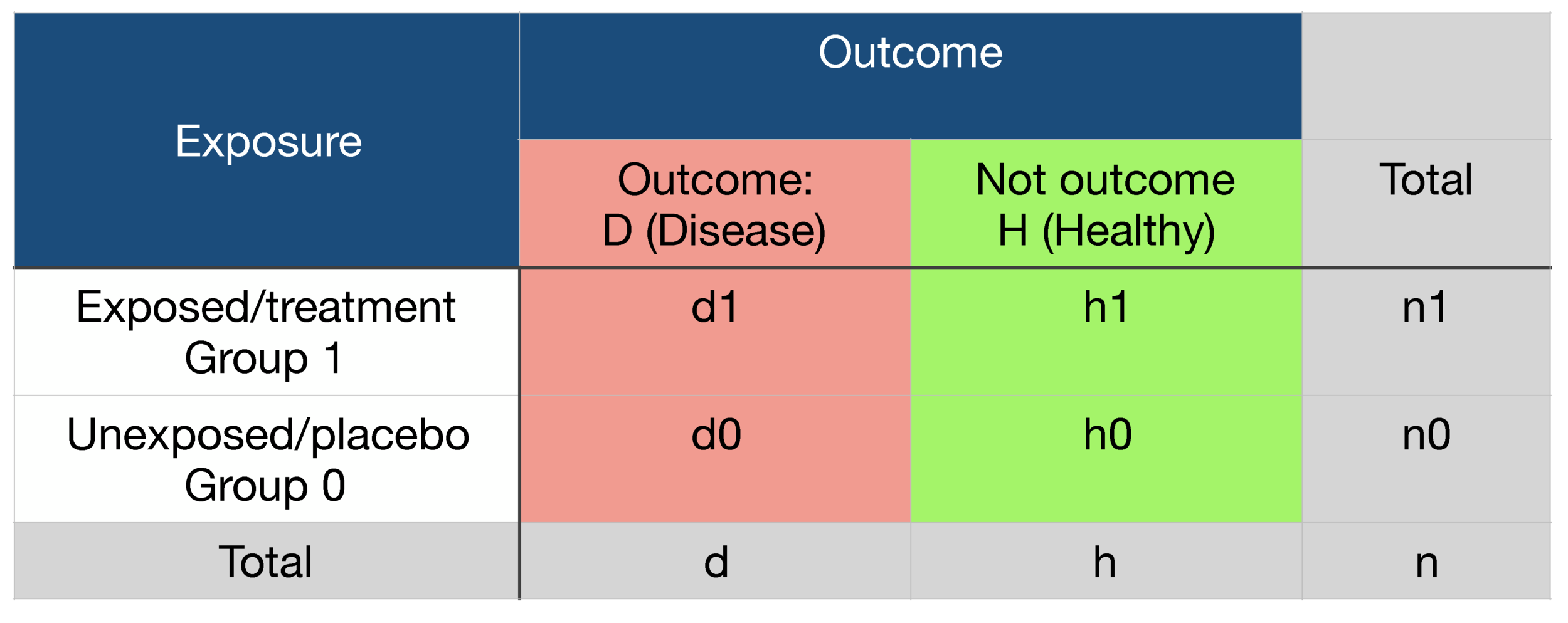



Probability Odds Ratio And Relative Risk Gpraj




Individual And Community Level Risk For Covid 19 Mortality In The United States Nature Medicine
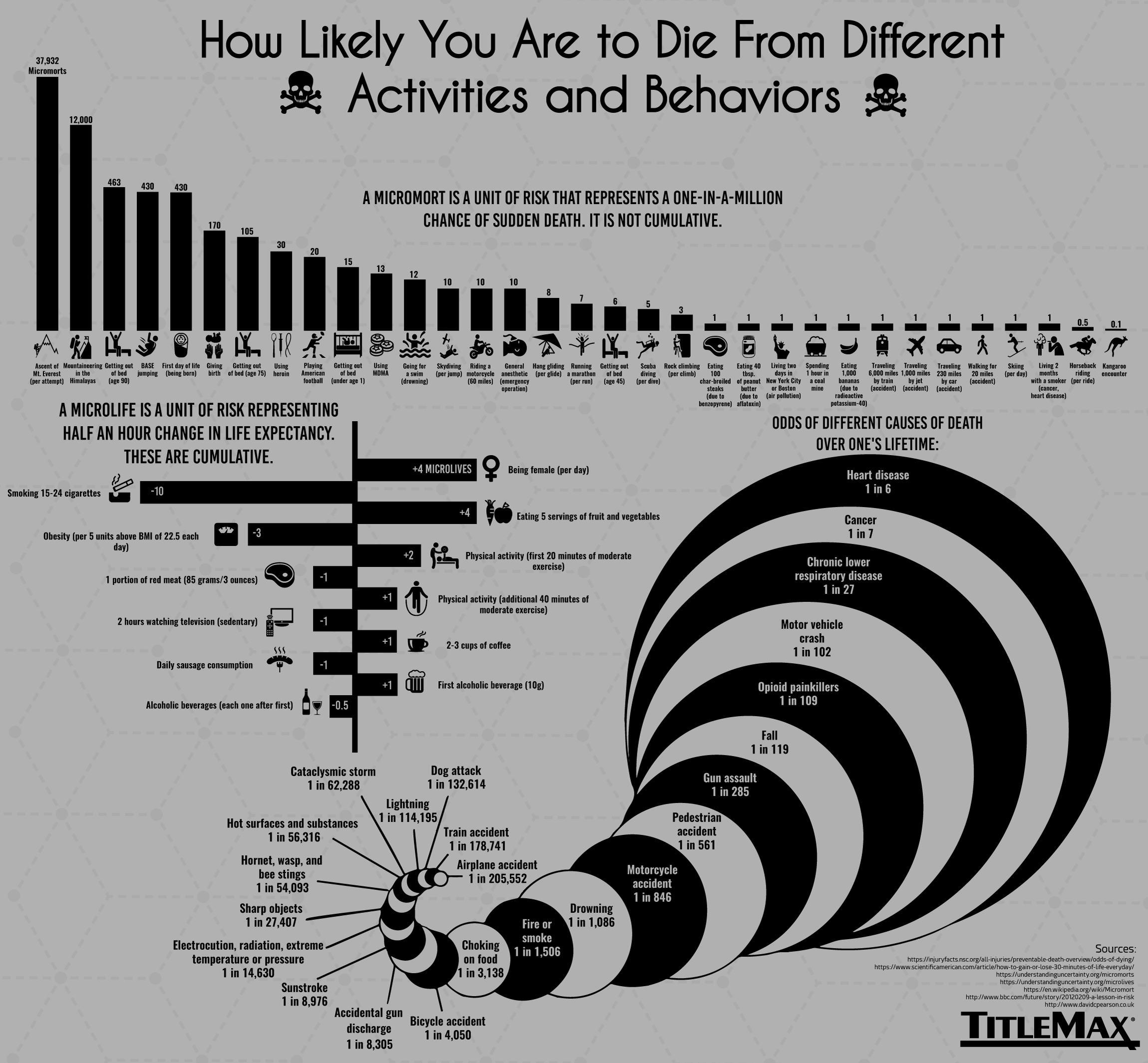



How Likely You Are To Die From Different Activities And Behaviors Infographic Article




Power Calculations For Gwass The Smallest Odds Ratio Case Control Download Scientific Diagram



Number Needed To Treat




Relative Risk And Odds Ratio
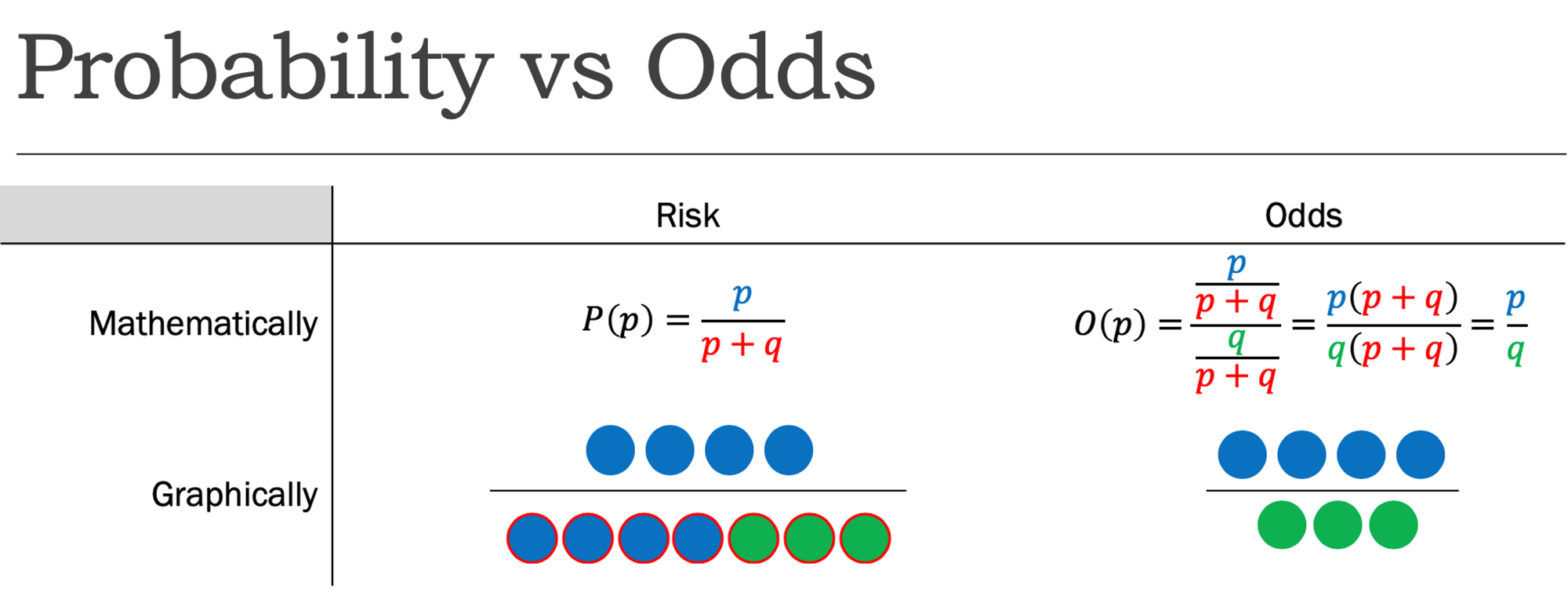



Cureus What S The Risk Differentiating Risk Ratios Odds Ratios And Hazard Ratios




Conditional Probability Ppt Video Online Download




Pdf Relative Risks Versus Odds Ratios



0 件のコメント:
コメントを投稿